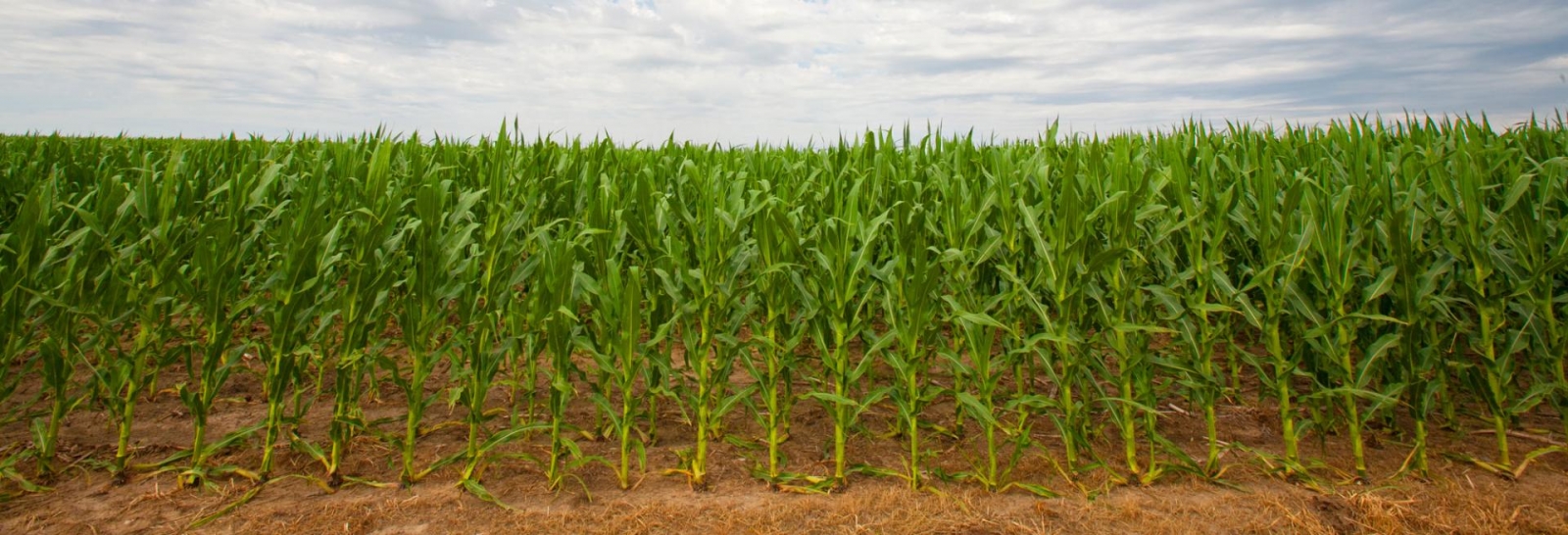This is the final article in a six-part companion series to the Nebraska Extension NebGuide G2365, “In-Season Nitrogen Management for Irrigated Corn.” Each article explores critical concepts from the guide that growers have expressed a need for greater guidance on, offering additional insights and practical recommendations to help optimize nitrogen use and profitability.
Nitrogen (N) management is one of the most critical decisions corn producers face each year. While traditional approaches rely on prediction equations and soil or crop credits, these methods are limited by weather uncertainty and soil variability. Precision agriculture tools enable farmers to manage nitrogen (and other inputs) more reactively — applying fertilizer only when the crop demonstrates a need. Research in Nebraska has demonstrated that sensor-based N management can improve nitrogen use efficiency (NUE) and increase profitability.
Why Precision Ag for Nitrogen?
Crop sensors measure crop canopy reflectance during the season, detecting developing N stress before it is visible to the human eye. This enables farmers to adjust fertilizer applications in real time, aligning supply more closely with crop demand (Figure 1). Precision ag tools move nitrogen management from a “predict and apply” approach to a “monitor and respond” approach.

Members of the UNL Soil Fertility Extension Team conduct several research projects to evaluate better 4R’s nutrient management practices to keep nutrient recommendations updated. In 2025, a joint effort is exploring different approaches for N rate (using N calculator, sensor-based approaches) and N timings (at planting or with one or up to three splits) across five contrasting sites in Nebraska. In-season imagery allows us to assess crop N status throughout the season (Figure 2).

Sensor Technologies Available
Active Canopy Sensors
- Mounted on high-clearance applicators.
- Emit light and measure reflectance to determine crop N status.
- Applications typically occur once between V8–V12 growth stages.
- UNL’s Project SENSE (2015–2021, >80 site-years) showed that sensor-based sidedress reduced N rates by an average of 33 lb N/acre compared to grower practices, while maintaining yields and improving profits.
Satellite-Based Sensors
- Passive systems use the sun’s energy and satellite reflectance data.
- Practical today due to daily revisit times and ~30-foot resolution.
- Partnering with Sentinel Fertigation, Nebraska On-Farm Research (2021–2023, 24 sites) found average N savings of 56 lb N/acre with yields nearly identical to grower practice, while partial profits increased by about $24/acre.
Other Options
- Handheld or UAV sensors for scouting provide quick, field-specific snapshots of crop N status, often used to validate or guide management decisions.
Steps for Farmers
- Apply a base rate: Around 50–100 lb N/acre (25% of total) at planting.
- Set calibration: Include N reference strips or use virtual references to benchmark sensor readings.
- Monitor the canopy: Between V8 and R2 growth stages, track crop reflectance with active or passive sensors.
- Apply as needed: Fertigate or sidedress 30–60 lb N/acre when sensors detect developing stress. Multiple applications may be required, typically one to three per
- Take advantage of irrigation systems: Center pivots with injection pumps allow timely fertigation. Ensure proper chemigation certification and backflow protection.
Looking Ahead
Adoption of digital tools remains relatively low in Nebraska — surveys show only 11% of producers currently use sensor-based approaches. Yet research consistently demonstrates that precision ag technologies improve nitrogen use efficiency, profitability and environmental stewardship.
By integrating canopy sensors, satellite imagery and digital decision-support tools, Nebraska farmers can make N management more resilient to weather variability and groundwater concerns. In the context of rising input costs and low corn prices, implementing precision ag approaches for N management can help to capture more profits under irrigated corn. Extension specialists and the Nebraska On-Farm Research Network continue to partner with producers to refine these practices and ensure that they fit on-farm realities.
Takeaway
Applying nitrogen closer to when the crop needs it — guided by precision agriculture tools — reduces waste, increases profits and protects Nebraska’s water resources.

